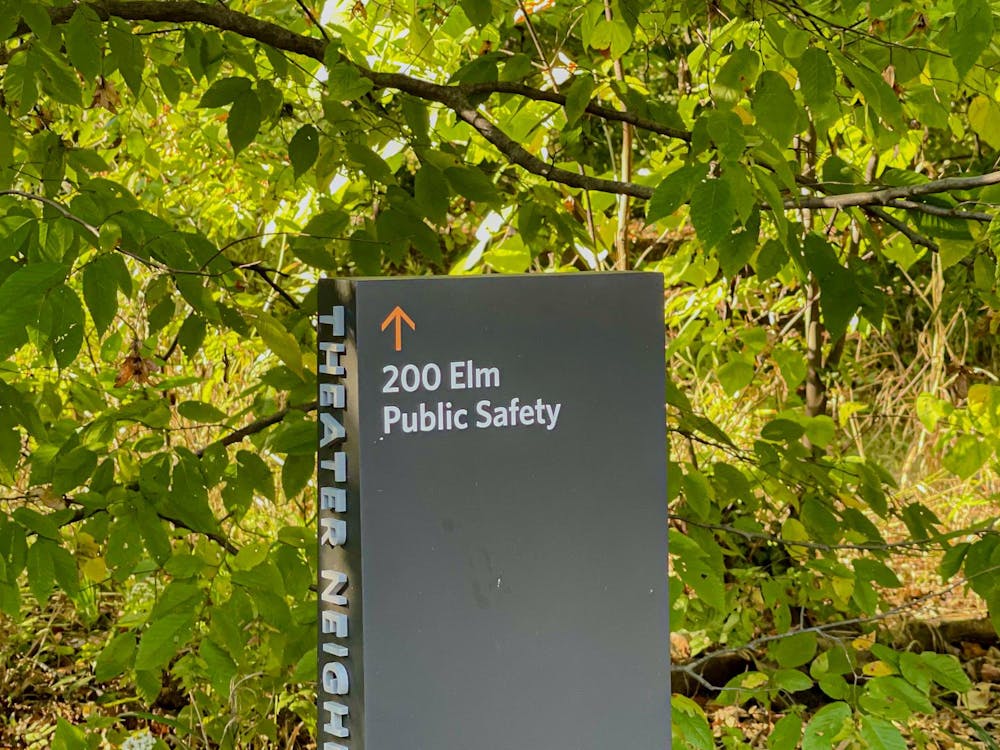Reading aloud a letter sent from a former student living in Taiwan, Eva Rapkin set out to explain what made her late husband, professor emeritus Chester Rapkin, such a well-liked and respected teacher during his years at the University. According to Eva, it is because her husband was a "born teacher" who, since childhood, was raised to be a service to others.
This past week, her mailbox has been filled in an outpouring of letters from around the world expressing sadness at the news of her husband's death.
"He always had a real interest in his students and their families," Eva said. "He was a deeply feeling man, and that was reciprocated by his students."
Rapkin joined the University faculty in 1973 as a professor of urban planning. He retired in 1988 but continued to advise students for years. Ralph Lerner, current dean of the architecture school, remembered Rapkin fondly.
"He was a wonderful man who always gave very generously of his time, and he was smart like you can't believe," Lerner said.
"Whenever I was faced with a particularly difficult problem, his clarity of thought was always tremendously helpful. And in finding solutions, he was so positive and optimistic," Lerner added.
Rapkin's work was at the forefront of the field of urban planning, which led him to become a member of the New York City Planning Commission.
According to Lerner, Rapkin was "instrumental in advising New York City officials to allow artists to live in the lofts" in the area now referred to as SoHo — a term coined by Rapkin. Lerner added that Rapkin's study showed that the changing demographics and economy in the area indicated that its buildings should be saved from demolition.

Former student Janet Abrams GS '85, currently director of the New Design Institute at the University of Minnesota, was one of over 70 students who had their dissertations supervised by Rapkin. She said she requested him as her doctorate adviser because she found him to be "so solid and warm."
"I could believe in the possibility of getting my work done, since he had steered so many students to the successful completion of the Ph.D.'s before me," Abrams said, adding that she does not believe she would have finished her dissertation without his guidance.
Abrams also credits her caring adviser for instilling in her the confidence necessary to enter the professional world. She said when Rapkin heard she was beginning her job at Minnesota, "He told me that the academic world was where I belonged. It was like a benediction."
According to Abrams, Rapkin's office was an impressive, book-lined haven where he would lean back attentively in his armchair and invite his students to sit down across from him. In this more formal setting, she said she always felt he was giving her as much time and attention as necessary.

"He was such a graceful man with a great laugh and beautiful hands," Abrams said. "At the end of our meetings he had this way of lifting his hands and placing them on his knees, a gesture of enthusiastic and genuine interest."
Other important studies done by Rapkin include his own dissertation on urban traffic. According to a University press release, his study was the first ever to examine integrated traffic and land-use planning. This study and others "changed how planning was conceived, introducing quantitative methods and an integrated approach," said the press release.
His wife remembers Rapkin as being very close to his students, often having them over as guests for dinner. Both Eva and Abrams can remember the many Thanksgiving dinners they spent together. "I felt like a daughter," Abrams said.







